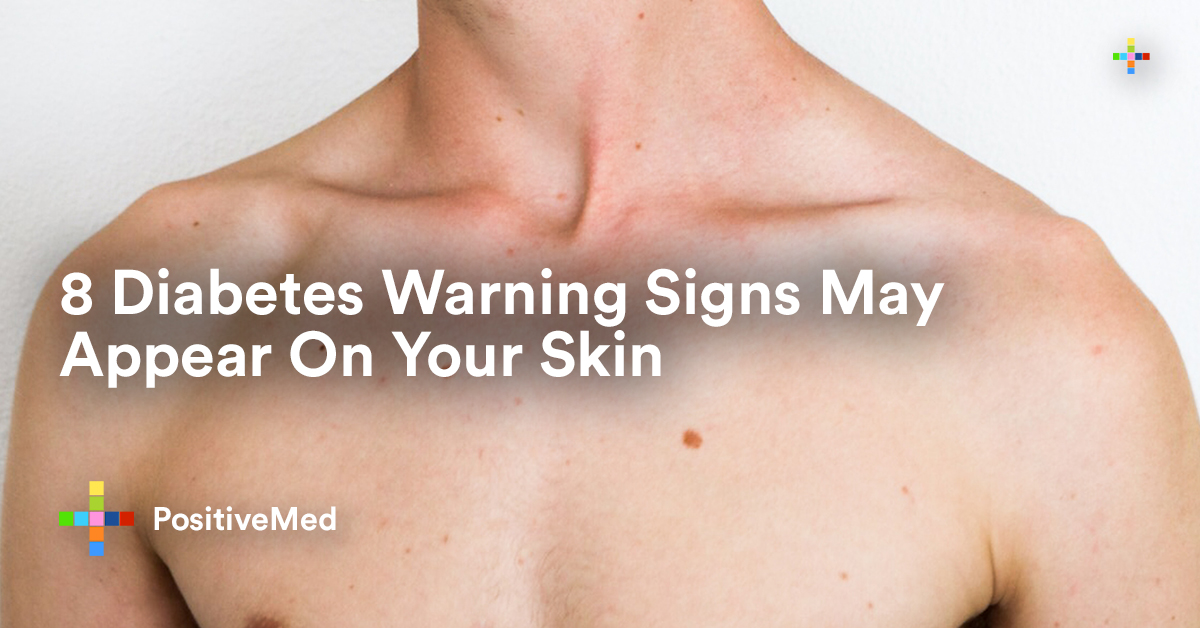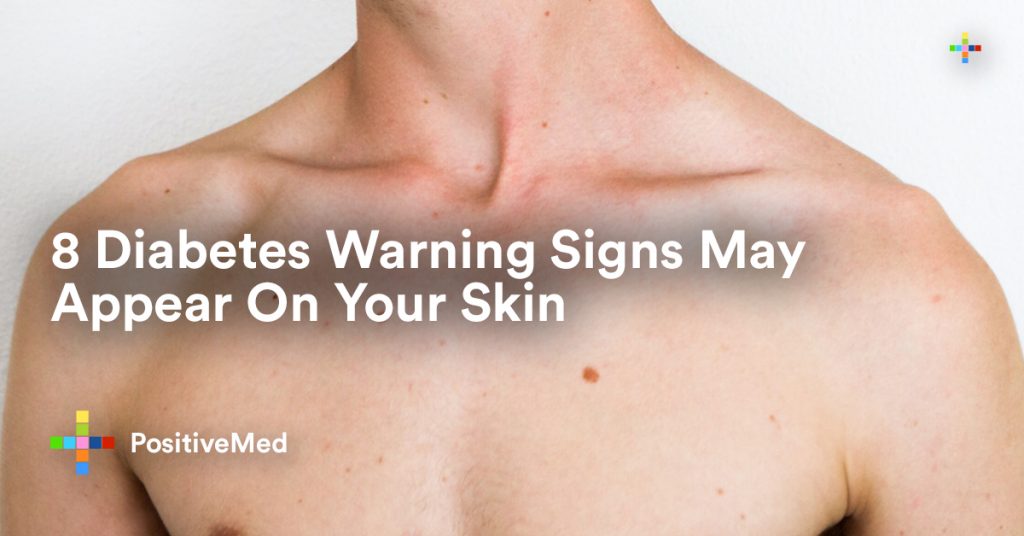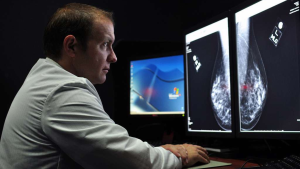[nextpage title=”…”]
In reference to the American Diabetes Association, diabetes can affect nearly every part of the body, including the skin. Surprisingly, skin problems are the first indicators that someone is suffering from diabetes. The good news is that most diabetes warning signs can be effectively treated if they are identified at an early stage.

A couple of these problems are conditions that anyone can develop irrespective of whether they are diabetic or not, but patients with diabetes are prone. They include:
Bacterial Infections
Patients with diabetes are more likely to develop bacterial infections which include:
• Boils
• Styes (these are infections that normally occur in the glands of eyelids)
• Nail infections
• Folliculitis (infections that occur in the hair follicles)
• Carbuncles (deep infections on the skin and underlying tissues)
Inflamed tissues are usually painful, hot, red and swollen. There are several organisms that cause infections with staph (Staphylococcus bacteria) being the most common. Over the past, bacterial infections were fatal. Credit to antibiotics, death from bacterial infections are now very rare. Practicing skin good care practices can lower the risks of bacterial infections in diabetic patients. It is important to contact your doctor if you are diabetic and experiencing bacterial infections.
Fungal Infections
[/nextpage][nextpage title=”…”]
Candida albicans is the major culprit of fungal infections in patients living with diabetes. This is a yeast-like fungus that creates red itchy rashes surrounded by scales and tiny blisters. Fungal infections occur in moist skin folds. The most commonly affected areas include between toes and fingers, corners of the mouth, around the nails, under the foreskin of uncircumcised males, around groins, and armpits. The most common types of fungal infections include athlete’s foot, jock itch, ringworm, and vaginal infections that trigger itching.
Itchy Skin
Some diabetic patients normally experience localized itching. Common causes include dry skin, yeast infection, or poor flow of blood. Poor circulation of blood normally causes itchiness in the lower parts of the legs. You can reduce itchiness without seeking medical assistance. This can be achieved by limiting your bathing frequency, particularly in dry weather. Alternatively, you can use a mild soap and apply a moisturizer immediately after taking a shower.
Other Skin Conditions Linked To Diabetes
• Diabetic Dermopathy
Diabetic dermopathy usually occurs when the condition triggers changes in the small blood vessels. Dermopathy usually appears like light brown skin patches that are scaly. These patches can either be oval or circular in shape. It is easy to confuse these patches with age spots. Diabetic dermopathy mostly occurs on the front of both legs.
However, the effects of these patches may be more severe on one leg than on the other. These patches do not open up, hurt or irritate. This condition is harmless and doesn’t require any treatment unless if the patients are more conscious about their appearance.
Related Link: If You Have These Two Moles You Should Know That One of Them Is…
• Acanthosis Nigricans
This is a condition that manifests as raised patches around the armpits, groin, and neck. They can either be brown or tan in appearance. In some cases, these patches can appear on the knees, elbows, or hands. Acanthosis nigricans usually occur in diabetic patients who are overweight or obese. The best way to deal with this condition is to shed extra pounds. The topical application of certain creams can also help diminish the appearance of these patches.
[/nextpage][nextpage title=”…”]
• Necrobiosis Lipoidica Diabeticorum
This is another skin condition that is caused by changes in blood vessels. It manifests as skin spots that are similar to diabetic dermopathy. However, these spots are deeper, fewer, and larger. This condition normally begins as dull, raised areas that are reddish. After some time, they look like shiny scars with violet borders.
You can easily spot the blood vessels under your skin. Necrobiosis lipoidica diabeticorum can be painful and itchy. The spots can also crack open. Although this condition is rare, adult females are more vulnerable. There is no need for treatment if the sores don’t crack open. However, you should contact your doctor for treatment if the becomes itch or open.
• Diabetic Blisters
Also known as Bullosis diabeticorum, diabetic blisters are rare. They can occur at the back of the fingers, toes, feet, hands, and legs or forearms. These sores appear like burn blisters and usually strike patients with diabetic neuropathy. Though painless, sometimes they can be large without redness around them. They don’t need treatment and disappear on their own within 3 weeks and without leaving scars. The only treatment is to keep your blood sugar under control.
• Digital Sclerosis
This appears as tight, thick and waxy rashes at the back of the hands, toes, and forehead. Digital sclerosis can interfere with finger joints and impair free movement. This condition normally happens in nearly a third of patients with type 1 diabetes. Keeping blood sugar under control is the only treatment for dealing with this condition.
[/nextpage]






